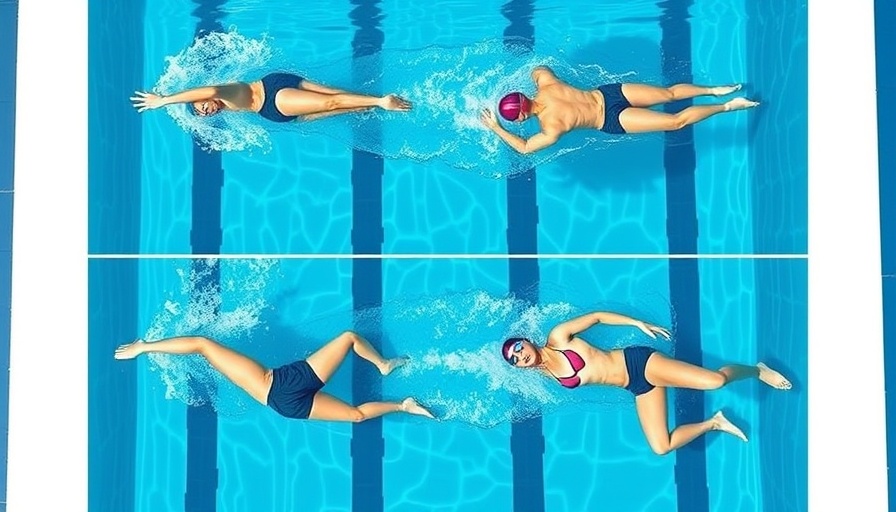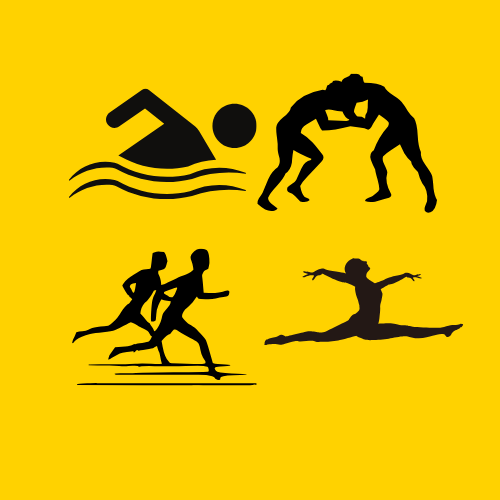
Why Proper Head and Hip Alignment Matters in Sports
Among athletes across various disciplines, the connection between the head and hips often gets glossed over. However, understanding how to maintain proper alignment can significantly enhance performance. In sports like wrestling, gymnastics, and swimming, where body positioning is crucial, athletes often struggle when their head is positioned too high and their hips dip. Not only does this misalignment impact balance, but it can also lead to injuries.
The Consequences of Misalignment
Picture a gymnast executing a routine. If their head is held high, it can cause their hips to sag, leading to a weaker center of gravity that affects their stability during jumps or flips. Similarly, in wrestling, athletes with elevated heads may find themselves outmatched when forced into grappling, as hip positioning plays a pivotal role in executing moves. In swimming, poor head positioning can create drag, slowing down performance and affecting overall efficiency in the water.
Technique Correction: Simple Exercises to Improve Alignment
Coaches often overlook the value of drills aimed specifically at correcting head and hip alignment. Here are a couple of simple exercises:
- The Plank to Push-up Transition: This tests core strength while highlighting the connection between head and hips. Correct form involves keeping the head neutral, in line with the spine, to stabilize the hips.
- Hip Thrusts with Focus on Head Position: Athletes can practice keeping their heads down while thrusting their hips upwards to create awareness of this dynamic. This exercise trains the body to find its balance point.
Real-life Applications: Insights from Coaches
Many top coaches emphasize this head-hip connection in their training regimens. For instance, a wrestling coach might tailor strategies that encourage athletes to keep their heads down in clinches to ensure better control over their opponents. Likewise, in gymnastics, focusing on this alignment can lead to improved execution of vaults or routines. By fostering these principles early on, coaches can improve their athletes' ability to maintain agility and power.
Cultural Impact: Aligning Sports and Society
As sports continue to evolve, so too does the understanding of proper technique in training. This extends beyond the physical aspects, influencing everything from training modalities to viewer perceptions of effective performance. By challenging athletes to maintain alignment through head and hip positioning, we’re not only improving individual performance but also contributing to the overall reputation of these sports.
Conclusion: Let's Reframe Our Approach
Next time athletes or coaches assess performance, they should incorporate head and hip alignment as a core component of their training strategy. It’s a small adjustment that yields significant returns. Understanding this dynamic will help elevate athletes’ capabilities, potentially shaping the next generation of champions.
 Add Row
Add Row  Add
Add 




Write A Comment